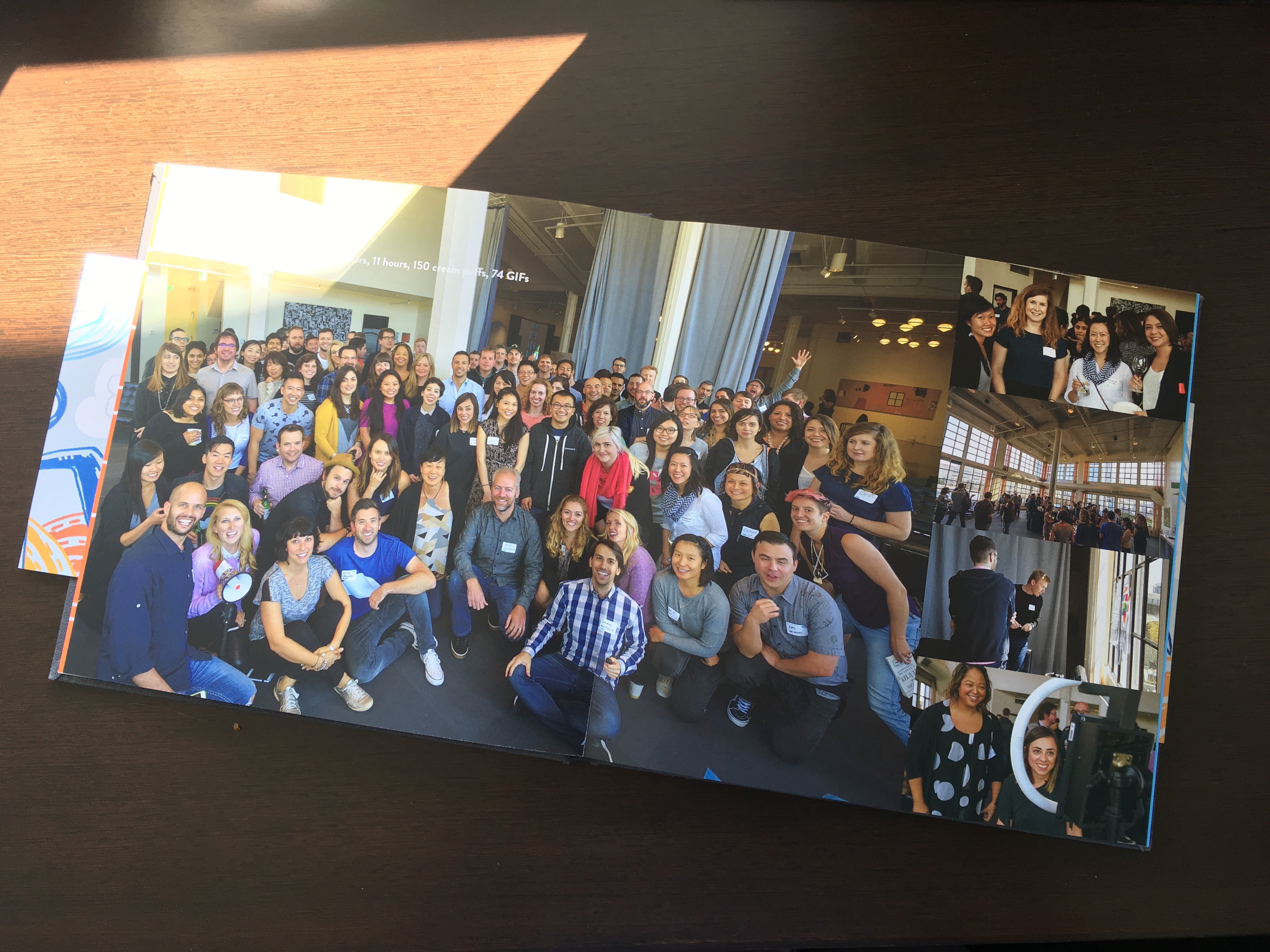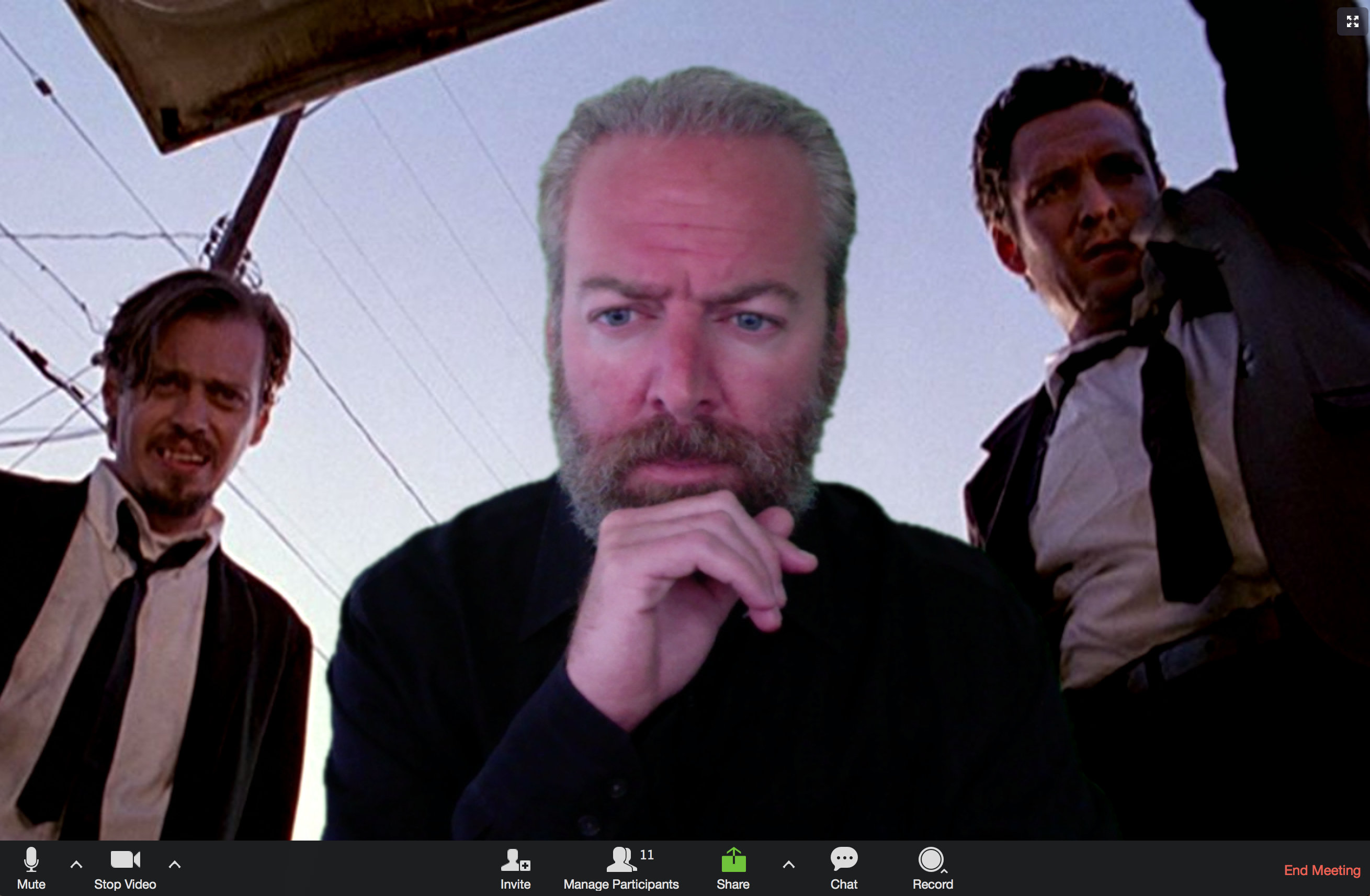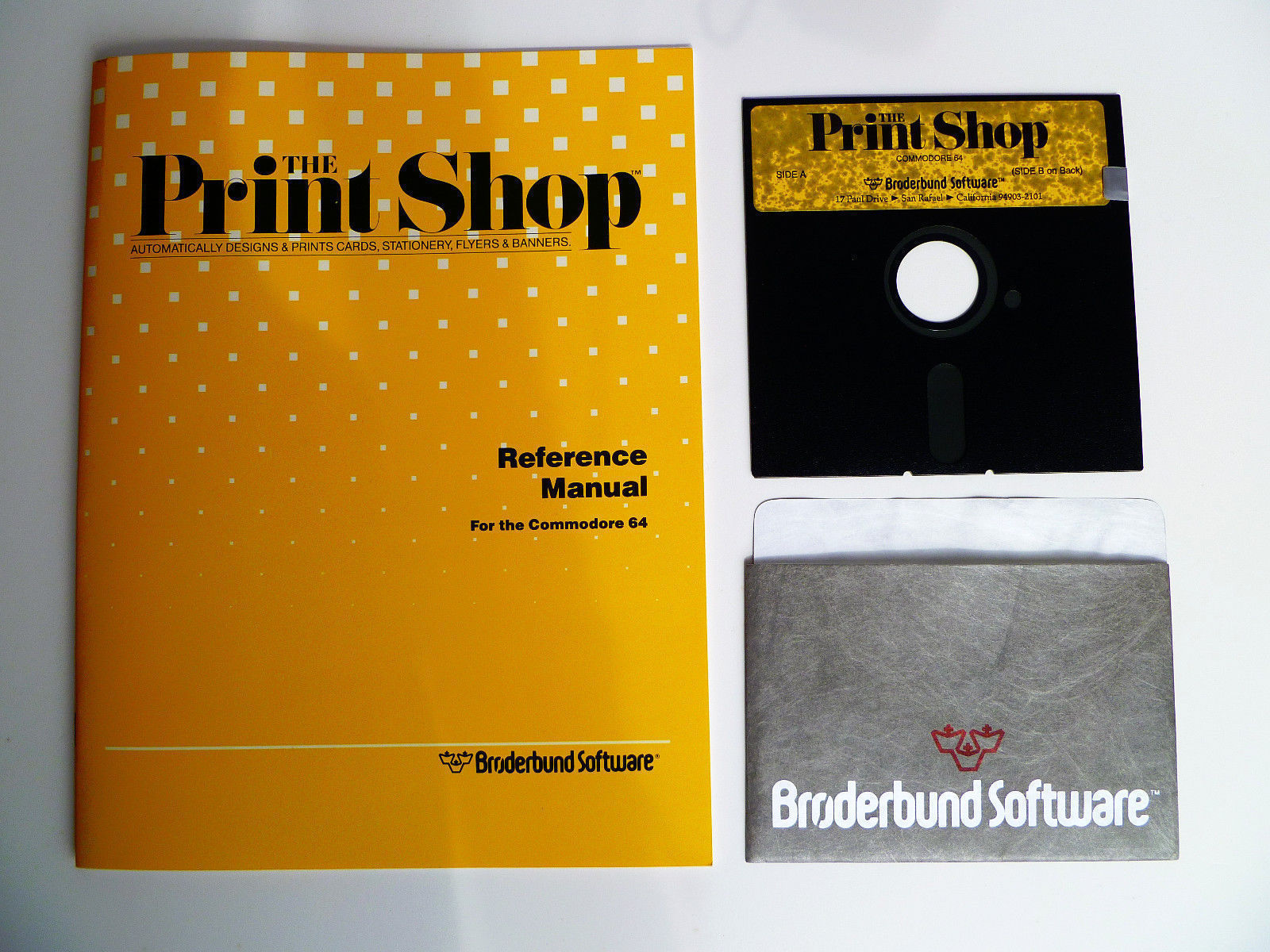It’s fashionable these days for companies to proclaim their commitment to great design.
You may hear things like “Design is very important to us” or “Design has a seat at the table” or even “We’re a design-driven organization”. As a designer evaluating job opportunities, should you take statements like this at face value or might you be able to get a clearer picture by asking questions, reviewing a company’s products, and other investigative means?
Throughout my 20 years in design, I’ve worked in everything from design-hostile to design-driven environments, and I can tell you that succeeding (and being happy) within each requires a different mindset going in.
Before discussing strategies, let’s describe several types of organizations along the design spectrum so as to identify what they look like. Importantly, when I say things like “design-driven”, I don’t necessarily mean Design-ER driven. In other words, it doesn’t mean that designers call all the shots. It just means that great care goes into every detail of the user experience of a company’s products. That level of detail could come from engineers, researchers, execs, or any number of other people (and often does!), but it also tends to correlate with designers playing key roles at the company.
The Spectrum of Design Drivenness
Design Hostile
CRMster is a 20-person startup that develops Customer Relationship Management software. There are 10 salespeople, 8 engineers, 1 CEO, and one contract designer. Most product decisions are made by the CEO and one salesperson. The rest of the team just builds whatever they are told to build. If a designer or engineer brings up concerns about a product feature, they are told to just stick to the program and produce what the CEO asked for as quickly as possible.
Design Ignorant
GitBusy is a 5-person startup building a new way to sync files across computers. All five team members are back-end engineers and they have spent their first year building out core functionality. The product is a bear to use, but it’s starting to work reliably. They keep making minor usability improvements but they’ve never thought to hire someone full-time who specializes in user experience.
Design Agnostic
MegaloBank is a Fortune 100 financial institution that employs over 10,000 people. They employ plenty of designers and design-minded people around the company, but mainly as support for other teams. If you asked the CEO of the company what his or her designers did, the response would be something like “I think they make our logos and business cards.” Important product design work does get done at Design Agnostic companies, but the people who do it just aren’t looked at as core talent the same way as sales, engineering, or marketing might be. Their compensation unfortunately reflects this.
Design Interested
CellYou is a 20-year old wireless carrier, employing over 10,000 people. They are feeling the heat from their competitors and have just embarked on a high-profile effort to redesign their product line so it is much easier to use. They don’t have all the right people in place yet, they aren’t walking the walk in terms of a user-centered product development process, and they still pay their designers a lot less than PMs and engineers, but they are starting to talk about things in the right way and starting to recognize the value of design. It may take a few years, but they are moving in the right direction. A lot of companies who say they are Design Driven are actually in this category instead.
Design Driven
HyperBowl is a 500 person company that makes a versatile kitchen appliance which can cook hundreds of different foods. It started as one chef and one engineer, but even from the very beginning, there was a relentless focus on building product prototypes and iterating them rigorously based on how they performed with users. New products are developed only when they can perform important jobs for users. At HyperBowl, there are 10 full-time designers but everyone in the company considers user experience to be one of their most important job functions. Many decisions are made with data and research, but there’s room for subjectivity, taste, and long-term vision as well.
Those are the five archetypes you’ll generally run across in the market today.
The Challenges of Each
As a designer, you may immediately think to yourself “I only want to work for a Design Driven organization!” If your goal is to join an environment that immediately affords you the ability to practice great design, then this is a natural choice. Take Apple, for instance. Whether you are fresh out of school or a 20-year design veteran, as a new employee at Apple, you won’t need to spend any of your time convincing anyone of the value of design. You will be paid roughly on par with engineers, expected to help lead the product development process, and likely do some of the best work of your career. I have a bunch of friends who have worked at Apple, and one of them summed it up best: it’s like career rocket fuel. You may find the work/life balance unsustainable in the long term, but your time there will be unencumbered by any fights about the value of design.
A lot of companies (even some of the largest and most successful in the world) will tell you they are Design Driven, but they are actually one level away, in the Design Interested category. You should always maintain a healthy suspicion about this, in fact. Like our cellular carrier above, they are in the midst of a positive transformation, but they just aren’t there yet. What this means for you as a designer (or researcher, or front-end engineer) is that not that you won’t be respected to listened to, but rather that part of your job will be to move the company from its old way of doing things to a new way of doing things. This involves a lot more than just your technical skills. It involves the patience to work in suboptimal conditions and the willingness to help lead the process of becoming more Design Driven. Thankfully since the company is already Design Interested, the “what”, “when”, and “why” have already been taken care of for you, but the “who” and “how” are still open questions. You are part of the who that will help determine the how!
A large number of companies in the world fit into the next category: Design Agnostic. These companies have found a way to turn a profit without paying as much attention to user experience as they could or should. Sometimes when you find a market need that is strong enough, you can get away with selling a “merely adequate” solution. Other times, your business is specifically aimed at gathering the most profit for the least amount of work possible. Joining a company like this requires you to be cool with one of two things. Either you are content to produce “good enough” work in a system that doesn’t value you as core talent, or you are interested in taking on the much larger challenge of turning your company into more of a Design Driven organization. To be clear, thousands of designers have no problem with the former, and I have no problem with that career choice. In fact, sometimes it’s all that exists, depending on geography, experience, economy health and other factors. The latter, however, is one of the hardest and most substantial things you could ever accomplish in your career. Imagine being the person (or small group of people in this case) who got Google to care about design? If you find yourself thinking about joining one of the many Design Agnostic companies in the world today, don’t think of it necessarily as “settling”. Think of it as an opportunity to redesign the entire product development factory within. If you succeed, they’ll carry you around on a rickshaw.
The next category, Design Ignorant companies, are actually a bit easier to make an impact in than Design Agnostic companies. That is because Design Ignorant companies haven’t normalized the role of design yet. They simply haven’t experienced it yet. In fact, you may even be treated more as a hero upon your arrival at a Design Ignorant company than a Design Driven company. Going back to our example above with the file-syncing startup, imagine how much immediate impact you’ll make when you optimize the sign-up flow, improve the product copy, and flatten the navigation. If you do your job well, you’ll be appreciated right from the start. Unfortunately, you probably won’t be paid well, but Design Driven companies are usually the only companies that pay designers what they are worth at this point. This is changing for the better, but it is a multi-year process.
Finally, at the end of the spectrum, are Design Hostile companies. Think of the challenges and rewards here much the same as Design Agnostic companies except these companies have already decided that your craft is but a necessary evil for them. This by far the least desirable company type for people in our field to work at, but hey, there are plenty of cases of these sorts of companies turning around eventually. In fact, I would venture to say that using my definitions here, there are plenty of Design Agnostic companies today that ten years ago may have been Design Hostile. If you find yourself entertaining an offer from a company like this, you really need to determine how pliable they are with regard to how they view design and whether you’re ok with that.
Strategies to Know What You’re Getting Into
There are four ways to determine what sort of company you’re thinking about working at: looking, listening, asking, and verifying. You should do all four.
Looking
Thinking about working for that popular, growing auto insurance company in town? Start looking at their products. Does their visual identity seem professionally executed? How usable is their app or website? Go ahead and actually sign up if you can. Was the process reasonably well designed? Nothing is ever perfect, but often times, just spending an hour or two with a company’s product will give you a feel for how much they care about details. And when I say “details”, I don’t just mean how buttery smooth is the animation but also how smooth is the “Forgot Password” process?
Take notes as you go, in case you end up interviewing there. It’s always good to have firsthand knowledge and constructive criticism ready for when someone asks you what changes you’d make to their product (do this tactfully though, as you don’t know what factors went into a given product decision).
Make sure to also look at competitors’ offerings. While the auto insurance site may not be as modern as your favorite social networking site, maybe it’s head and shoulders better designed than all other auto insurance sites. In an industry that perhaps moves slowly in terms of technology upgrades, maybe this company is moving 10x faster than its competitors. That would be a pretty good sign.
Listening
When recruiters or employees of the auto insurance company try to pitch their company to you, they will usually do so in a way that portrays their company in as positive of a light as possible. In other words, although it does happen, you’ll rarely hear a prospective employer tell you “design is an absolute mess here”, even though it very well might be. Instead, listen for coded language. Things like:
“Over the last year, design has become a real priority.” Why? What happened before that?
“Design has a seat at the table now.” Cool, why now? What problems occurred before that?
“We’re looking to bring some fresh design blood into the company.” What are you doing with all of this blood? What problems with the current staff are you trying to solve?
Every statement should be examined for possible hidden meaning. By the way, these people are just doing their jobs. When I recruit designers, I also try to accentuate the positive. It’s your job as a candidate though, to dig deeper. Especially since your prospective employer will be digging deeply into your work as well.
Asking
In addition to responding to statements like the coded ones above, there are some good universal questions you can ask on your own:
“What is the attrition rate of designers at your company?” This should ideally be low.
“Are designers paid on par with engineers and PMs? If not, how close are they?” Pay should ideally be close or equal. Don’t be surprised if you get some bad answers or non-answers here, depending on company.
“Who does the Head of Design report to?” The CEO is always the best answer, but a great COO, CTO, CPO, GM is fine too.
“When someone needs to break a rule here, what is the process?” If they need help, perhaps give an example of a rule you’ve needed to break in the past, and ask how they’d handle it.
“What is the one negative or challenging thing about working here that no one is telling me right now and I will only find out after I start?” It’s a bad sign if they don’t have an answer.
“When someone has an idea for something they want to build, what is the process of getting approval and then building it?” Ask for a lot of detail here, right down to prototyping, user testing, and release.
“How do decisions get made when Design, Engineering, and PM can’t agree on something?” You’ll have to judge for yourself whether you like the answer.
“Tell me about a time when a product design was made subjectively or in the face of opposing data.” You might need to ask a particular person to get a good answer here, but if the answer is “never”, that’s indicative of an overly rigid decision making process.
“How are designers judged and promoted here? Is it different than Engineering and PM?” Ideally there is a thoughtful, well-articulated process in place that rewards behaviors and not just outcomes. If you’re judged solely on the metrics you move, that’s a bad sign.
It’s up to you to ask these questions with tact and at the appropriate times, but you are well within your rights to ask them. In fact, it’s a bit reckless not to.
Verifying
Do you know anyone who has worked for this company, past or present? If so, ask to get coffee with them. Depending on how secret your candidacy is, you may need to keep your questions general, but there is a lot to be gleaned from employees who aren’t trying to pitch you on anything. Start by asking what their overall experience was like. Would they recommend the company to a friend as a good place to work? Dig, if you can, into some of the things the recruiter or hiring manager told you.
“I’ve heard the decision making process is pretty egalitarian. Design, PM, and Eng all take part in that process.”
To which you might hear:
“Yep. It’s a great system. I always felt like an equal partner.”
Or:
“Haha. I am dying of laughter right now. If you’re in the room at all, it will just be to tell you what decision has been made without you.”
Importantly, when you hear things like this, you need to get a feel for whether those conditions still exist. Did this employee work there three months ago or three years ago? Is the person who enacted that decision-making process still even there? Because of the passage of time, you may get both false positive and false negative results from ex-employees. It’s ok though… it’s just a data point for you.
Also, at massive, sprawling companies, you may get different answers depending on which department’s employees you talk to. Maybe the auto insurance company’s consumer product is built in San Francisco and its broker product is built in Seattle. Maybe the working environment in San Francisco sucks but it’s great in Seattle.
So… by looking, listening, asking, and verifying, you can get a pretty accurate idea of what sort of company you are thinking about joining.
Fixing the Product Development Process, One Company at a Time
One of the reasons I wrote this piece was that I read a Tweet from a well-followed person in San Francisco talking about how the best companies in the world are all design-driven now. I get what he was trying to say, and I think that directionally, more companies are design-driven now than ever, but the vast majority of boots-on-the-ground designers in the world know how much work is still left to do. They also know that just because some high-profile companies have figured out that design is important, that doesn’t mean their own company in Seattle, or Omaha, or Bangalore has. A rising tide lifts all boats, but this is more of a slow motion wave you need to stay upright long enough to ride.
Finally, I also think it’s important to highlight the value of helping upgrade your own company’s product development processes. Designers love talking about the actual product design work they’ve done in the form of visual artifacts and launched services. Just as valuable, however, is the work that went into reshaping the processes that made these products possible. PMs make their own PM-centric contributions to what product development processes look like, and engineers do the same with their own lens. By adding your own perspective as a designer and improving the product development process at your own company, you’re accomplishing something you may not even get to accomplish at a place like Apple… and that, is something to be proud of.
(This post also available on Medium.)


